You can always ask an expert in the Excel Tech Community or get support in the Answers community See Also Overview of Excel tables Video Create an Excel table Total the data in an Excel table Resize a table by adding or removing rows and columns Another downside with the INDIRECT function apart from being volatile is that the Excel Table name is "hardcoded" into the formula The formula will stop working if you change the Excel Table name Table of Contents Reference Excel Table headers Reference an Excel Table using a named range; Start typing a formula as usual, beginning with the equality sign (=) When it comes to the first reference, select the corresponding cell or range of cells in your table Excel will pick up the column name (s) and create an appropriate structured reference for you automatically Type the closing parenthesis and press Enter
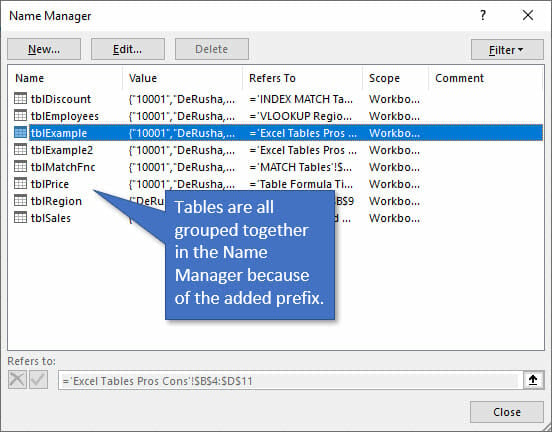
Best Practices For Naming Excel Tables Excel Campus
How to rename formula in excel
How to rename formula in excel- to keep changing For this example, let's assume the REAL name is 'Sheet1' and the tab name is 'Shmoe' 1) Highlight and doubleclick on the worksheet Sheet1 (Shmoe) in the Project Window 2) In the code window to the right of the Project Window, youNote A table name is the name for an Excel table, which is a collection of data about a particular subject stored in records (rows) and fields (columns)Excel creates a default Excel table name of Table1, Table2, and so on, each time you insert an Excel table You can change a table's name to make it more meaningful




How To Make Sheet Tab Name Equal To Cell Value In Excel
Download the Excel File Below is an Excel file that has a couple of the same tables you see in the video More importantly, it contains the macro I wrote that renames all of your tables to have the same prefixFeel free to copy the macro to your own Personal Macro Workbook Table Naming Best Practicesxlsm (235 KB) Benefits of Prefixing Table NamesOn the Table Design tab, doubleclick the Table Name, and then enter a new name Need more help? Start_date the starting date or a reference to a cell with the start date;
Excel change table name in formulaDynamic reference Table name Generic formula = SUM(INDIRECT( table & " column")) Summary To build a formula with a dynamic reference to an Excel Table name, you can use the INDIRECT function with concatenation as needed In the example shown, the formula in L5 is = SUM(INDIRECT( K5 & " Amount")) AnotherIf all tables were named by original table name such as Table1, Table2, you can try to list all these table names in the Formula Bar 1 Enter formula =ROW (T into the Formula Bar, then all table names are listed in the list box as below screenshot shown Note Table names which have been modified won't be listed out with this method Because Excel automatically updates table names in formulas when the names change, this second formula will always show the table's current name, provided you don't change the first cell yourself – Ben Seymour Mar 9 '18 at 1736 1 Note after changing a table name, you may need to force Excel to perform a recalculation You can do this
To look up a value based on a variable table, you can use the VLOOKUP function together with the INDIRECT function In the example shown, the formula in G5, copied down, is = VLOOKUP( E5,INDIRECT("vendor_" & F5 ),2,0) where vendor_a (B5C8) and vendor_b (B11C14) are named ranges or Excel Tables As the formula is copied down, it returns aTo get the name of a column in an Excel Table from its numeric index, you can use the INDEX function with a structured reference In the example shown, the formula in I4 is = INDEX( Table1 #Headers , H5) When the formula is copied down, it returns an name for each column, based on index values in column H This can be done in the Excel Options Window Here are the instructions to turn Structured References (Table Formulas) Off Click File > Options in Excel Click the Formulas option on the left side menu In the Working with Formulas section, uncheck the box that says "Use table names in formulas" Press OK
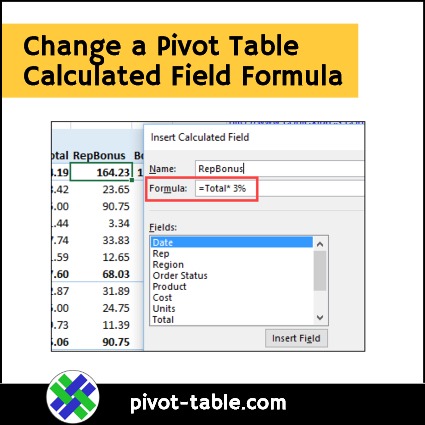



Change A Pivot Table Calculated Field Formula Excel Pivot Tables
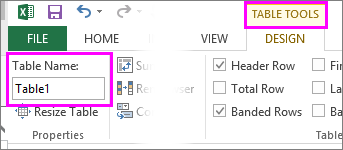



Can I Change A Table Name
In this article, we are going to explore how to reference a specific Excel Table object from a dropdown list inside a VLOOKUP formulaI the below GIF, you can see the user is selecting a Revenue Type from a dropdown list and then can proceed to lookup a corresponding name from that particular table to yield a sales amount Is the new table going to have the same layout (columns) as the first table?To define a name to a range you can use shortcut CTRL F3 Or you can follow these steps Go to Formula Tab Locate the Defined Names section, and click Define Names This will open the Name Manger Click on New Type the Name Select the Scope (workbook or sheet) Write a
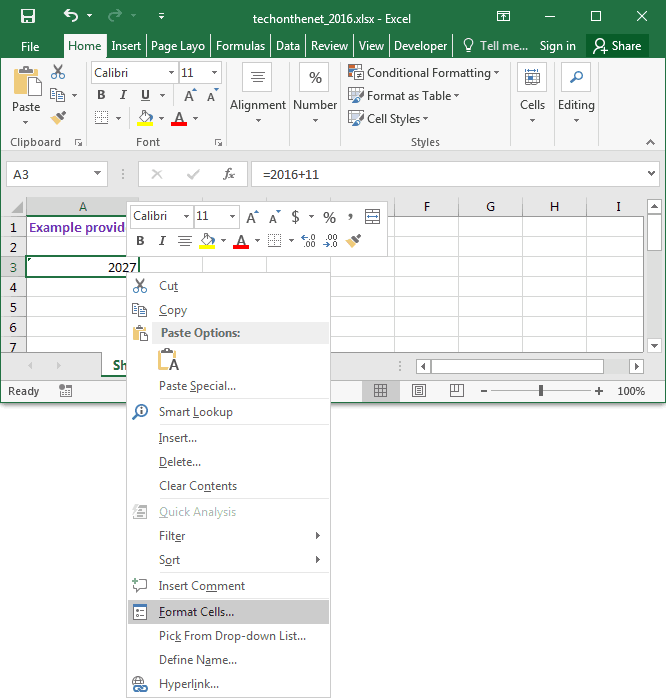



Ms Excel 16 Hide Formulas From Appearing In The Edit Bar
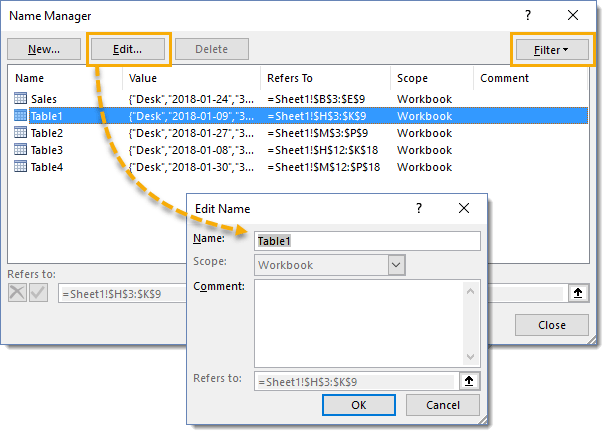



Everything You Need To Know About Excel Tables How To Excel
Summary of Example #1 As the user wants to calculate the count of the name, which has age data in the tableSo, 6 names in the above example have age data in the table Example #2 – Count Name which has Some Common String Let's assume a user has some people's personal data like Name and Age, where the user wants to calculate the count of the name which has "Jr" stringThe percent change formula is used very often in Excel For example, to calculate the Monthly Change and Total Change 1a Select cell C3 and enter the formula shown below 1b Select cell C3 On the Home tab, in the Number group, apply a Percentage format 1c Select cell C3, click on the lower right corner of cell C3 and drag it down to cell C13Reference Excel Table column;
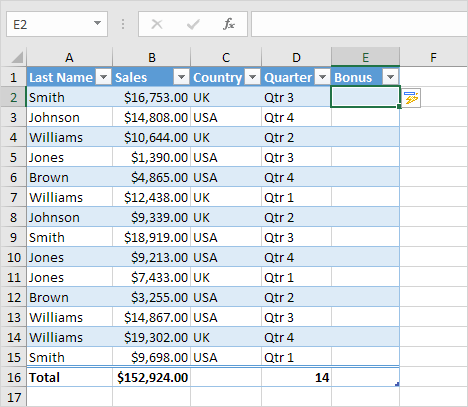



Structured References In Excel Easy To Follow Tutorial




Rename An Excel Table
This formula uses the volatile RAND function This formula automatically updates the OFFSET formula that is used in the defined name "Sales" when you enter new data in column B The value 10 is used in this formula because 10 is the original value of cell B2 Microsoft Office Excel 03 In a new worksheet, enter the following data After that, indicate the column name followed by a colon (), and enter the column name in the formula again If you drag the formula to the right now, the reference to the 'Factor' column will stay locked, while the 'Spring' column will change to 'Summer', 'Fall' or 'Winter' Discover more tips during one of our Excel courses Inserting the first hyphen is easy You write a usual Excel Replace formula that replaces zero characters with a hyphen, ie adds a hyphen in the 4 th position in a cell =REPLACE (,4,0,"") The result of the above Replace formula is as follows Okay, and now we need to insert one more hyphen in the 8 th position




Change The Color Of The Table In Excel
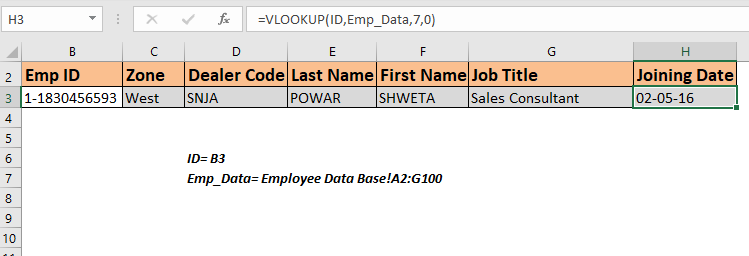



Get Employee Information Using Vlookup In Excel
Reference Excel Table row Select the cell or range you want to name Click on Define Name in Formula tab of the toolbar Give it a name Change the Scope to a worksheet and save In our example, we have 4 named ranges with 2 duplicate names As you can see in the screenshot, each "Lookup_Value" named range refer to different cells This flexibility allows using the sameOn the Ribbon, under the Table Tools tab, click the Design tab




How To Create Dynamic Drop Down List In Excel Using 4 Different Methods




Microsoft Excel Create An Automated List Of Worksheet Names Journal Of Accountancy
When it is created, an Excel table is given a default name, such as Table 3 You should change the name to something meaningful, so it will be easier to work with the table later To change the table name Select any cell in the table;Copy the sample data in the table above, including the column headings, and paste it into cell A1 of a new Excel worksheet To create the table, select any cell within the data range, and press CtrlT Make sure the My table has headers box is checked, and click OK In cell E2, type an equal sign (=), and click cell C2In the formula bar, the structured reference @Sales Amount appearsThe formulas on the summary tab lookup and extract data from the month tabs, by creating a dynamic reference to the sheet name for each month, where the names for each sheet are the month names in row 4 The VLOOKUP function is used to




Rename Columns And Rows In A Worksheet Anaplan Technical Documentation
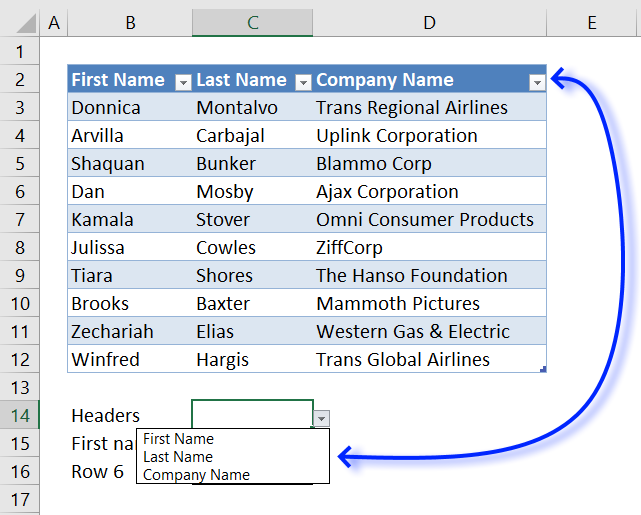



How To Use An Excel Table Name In Data Validation Lists And Conditional Formatting Formulas
Type the formula that you want to use, and press Enter In this case we entered =sum(, then selected the Qtr 1 and Qtr 2 columns As a result, Excel built the formula =SUM(Table1@Qtr 1Qtr 2)This is called a structured reference formula, which is unique to Excel tables The structured reference format is what allows the table to use the same formula for each row Create an Excel table to copy a formula to all cells in a column automatically Among other great features of Excel tables such as predefined styles, sorting, filtering and banded rows, automatically calculated columns is what makes an Excel table a truly wonderful tool for analyzing groups of related data By entering a formula into one cell in a table column (just anyGo to Formula Tab Locate the Defined Names section, and click Define Names This will open the Name Manger Click on New Type the Name Select the Scope (workbook or sheet) Write a comment if you want In Refers to box write the reference or select a range using the mouse Hit OK




Managing Names Working With Formulas And Functions In Excel 13 Informit




How To Lock Cell Formula References In Excel When Using Data Tables
If so just copy the whole table (or headers and first row), delete all rows except the first data row, then clear contents on the first row (it should leave formulas), then enter/dump the new data in Copying the table will have all the formulas inside the new table change with it so you wont need toReplace or change names within formulas with cell references in a range If you want to replace or change names within formulas with cell references in a range, please select the range and then apply the utility by clicking Kutools >> Name Tools >> Convert Name to Reference RangeIn the Range tab of Convert Name to Reference Range dialog box, all formulas with names of theIf you're using Excel Online I found a solution for this issue You need to use 2 cells to make it work As long as you have a cell that has the reference of a tab in its name, you can use FORMULATEXT() to turn that cells formula into a string and then extract the name that way




Shortcuts For Formatting Peoples Names In Your Excel Spreadsheets Depict Data Studio
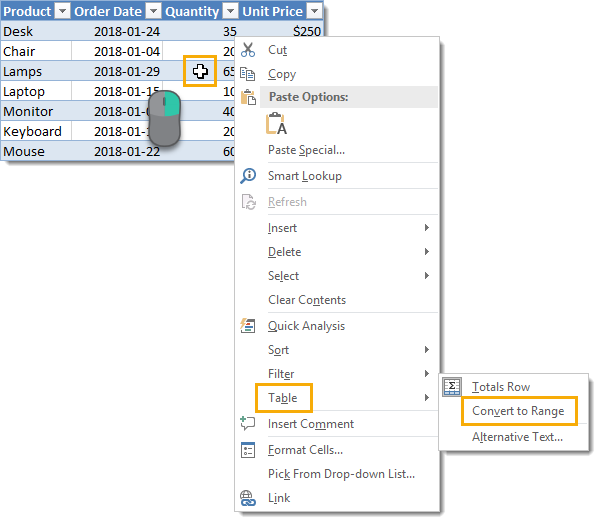



Everything You Need To Know About Excel Tables How To Excel
With the date column selected, go to the Add Column tab Select Date Day Name of Day = TableAddColumn ( #"Changed Type", "Day Name", each DateDayOfWeekName ( Date ), type text ) This will add a new column containing the weekday name and we can see the M code that's generated in the power query formula barIn Excel, you can go to the Name Manager dialog to reedit and change the range scope 1 Click Formulas > Name Manager See screenshot 2 Then in the Name Manager box, select the name range you want to edit from the list, and click Edit button See screenshot 3 Then in the Edit Name dialog, you can reedit the Name, and reselect the rangeMonths the number of months before or after the start date Use a positive value for future dates and negative value for past dates Here are a few EOMONTH formula examples =EOMONTH(, 1) returns the last day of the month, one month after the date in cell =EOMONTH(, 1)




Tables In Excel Step By Step Guide To Creating An Excel Table




How To Table Names In Excel Update November 21 Microsoft Excel Tips Excel Semi Pro
mass change table_array Name in VLOOKUP formula in other worksheets, eg, (=VLOOKUP (B4,Bank_03,2,FALSE)) I want to clone this worksheet to prepare 04 data I have now defined the corresponding 04 name ranges,Summary To build a formula with a dynamic reference to an Excel Table name, you can use the INDIRECT function with concatenation as needed In the example shown, the formula in L5 is = SUM(INDIRECT( K5 & " Amount")) Which returns the SUM of Amounts for three tables named "West", "Central", and "East" The SUM function sums the values stored in the DeptA table Now, the user can type the table name into cell C6 and the SUM function will return the total of all cells in the table If we want to allow the user to select a table name from a list of tables, we can use the data validation feature to provide a dropdown Data Validation




How To List All Table Names In Excel
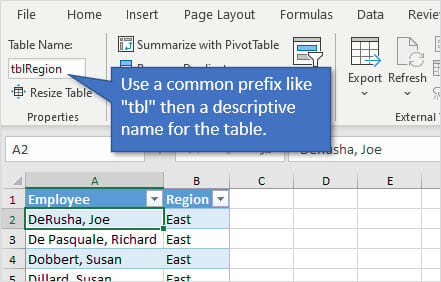



Best Practices For Naming Excel Tables Excel Campus
Insert a named range into a formula in Excel Use the Name Manager in Excel Learn more about names in formulas Apply named ranges to an existing formula Use structured references in Excel table formulas Overview of formulas in Excel Create or change a cell reference Create a named range from selected cells in a worksheetCreate a formula to determine each students total stipend once the loyalty bonus percentage is applied Use the reference table with the defined name of LoyaltyBonus, which shows the percentage increase You must use a VLOOKUP function and an IF function in your formula, and you must use the defined name of the reference tableStep 1 Go to the Defined Names group under Formulas Tab Step 2 Click the arrow button besides Define Name button, and select the Apply Names item from the drop down list Step 3 In the Apply Names dialog box, select the range names that you will apply to formulas, and click OK button Then you will see corresponding cell references in




Difference Between Powerpivot And Excel Use Auditexcel Co Za
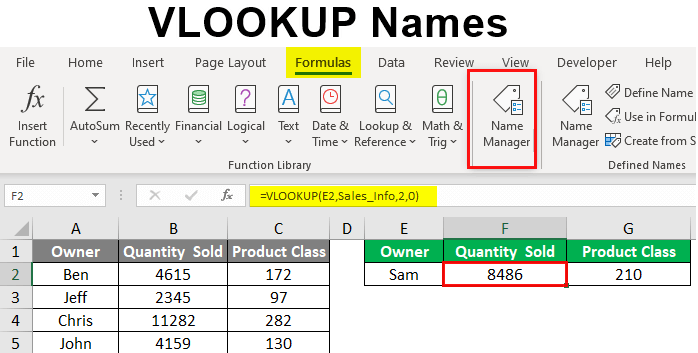



Vlookup Names How To Use Vlookup Names With Examples
Instead, you can change any of your table names without going to each table using the Name Manager Go to the Formula tab and press the Name Manager button in the Defined Names section You'll be able to see all your named objects here Table name a name of an Excel table that is created automatically when you insert a table in a worksheet (Ctrl T) For more information about Excel tables, please see How to make and use a table in Excel How to create an Excel named range Overall, there are 3 ways to define a name in Excel Name Box, Define Name button, and Excel Name I have an excel table, and some columns have a formula in it Now usually, if you change the formula in the first row, excel will change if for you for all rows However, the table has 7000 rows so usually after a while I make the xlsx faster by copying most rows and pasting as values thereby eliminating the unnecessary calculations




How To Make Sheet Tab Name Equal To Cell Value In Excel




Absolute References With Excel Tables How To Excel At Excel




Best Practices For Naming Excel Tables Excel Campus




How To Rename Group Or Row Labels In Excel Pivottable




How To Combine First And Last Name In Excel




Excel Tables As Source For Data Validation Lists My Online Training Hub




Switch First And Last Name In Excel With Comma 5 Easy Ways
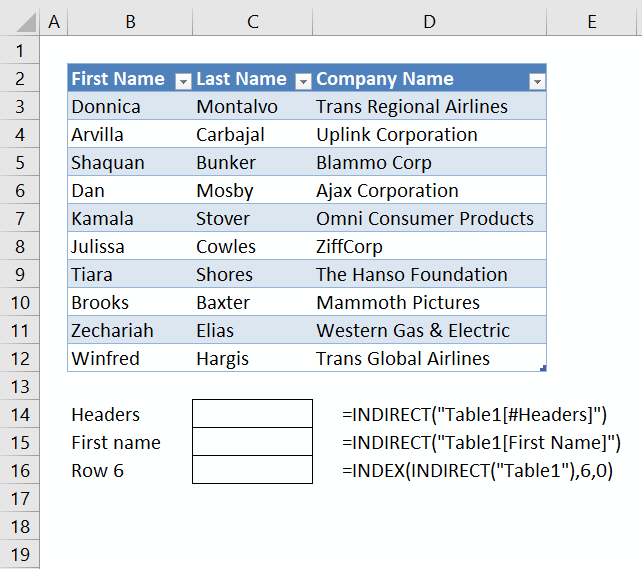



How To Use An Excel Table Name In Data Validation Lists And Conditional Formatting Formulas




Rename An Excel Table




Microsoft Excel Create An Automated List Of Worksheet Names Journal Of Accountancy
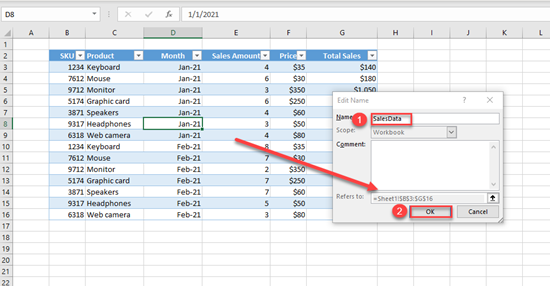



How To Rename A Table In Excel Google Sheets Automate Excel




Getting Rid Of Numbered Columns Microsoft Excel



Use The Column Header To Retrieve Values From An Excel Table Excel University




Convert Your Excel Pivottable To A Formula Based Report Journal Of Accountancy




Excel Formula Dynamic Reference Table Name Exceljet
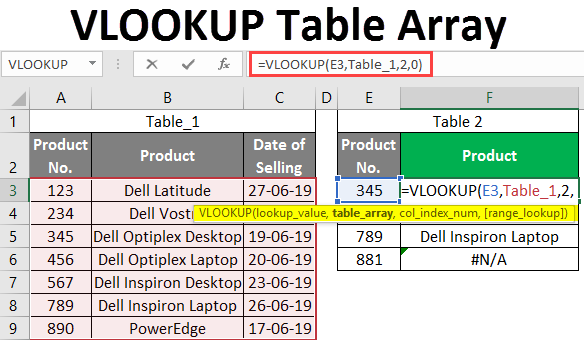



Vlookup Table Array How To Use Table Array In Excel With Examples




Excel Tables As Source For Data Validation Lists My Online Training Hub
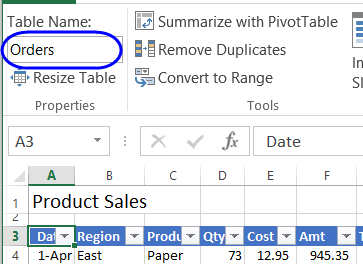



How To Change The Width Of Ribbon Bar Sections Specifically For Changing The Width Of The Table Name Field Mrexcel Message Board




Split Names In Excel Separate First And Last Name Into Different Columns Ablebits Com
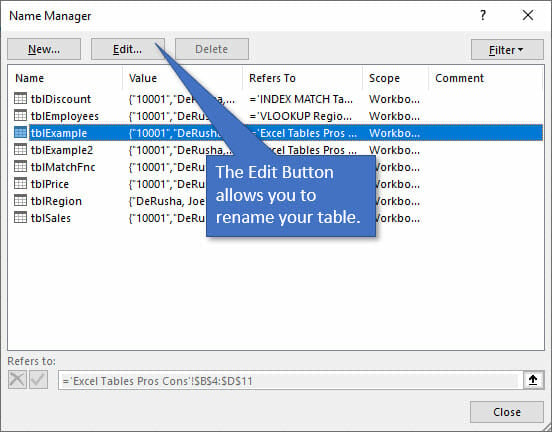



Best Practices For Naming Excel Tables Excel Campus
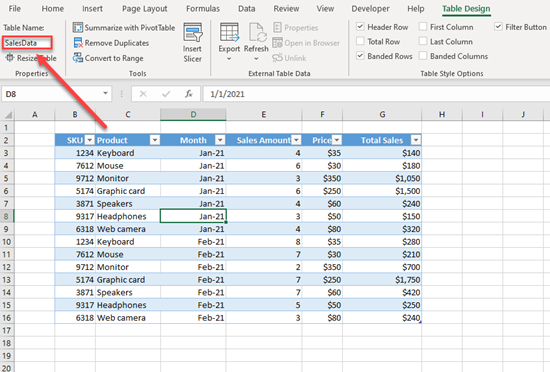



How To Rename A Table In Excel Google Sheets Automate Excel
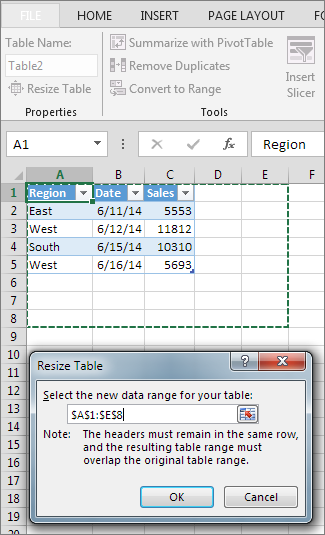



Resize A Table By Adding Or Removing Rows And Columns
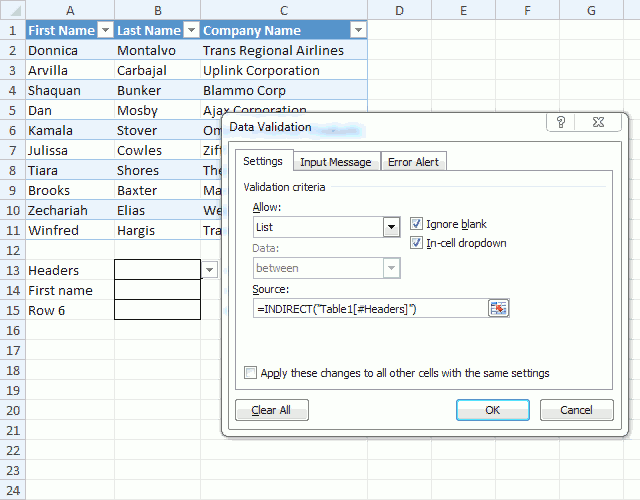



How To Use An Excel Table Name In Data Validation Lists And Conditional Formatting Formulas



1




How To Create Excel Tables And Fix Excel Table Problems
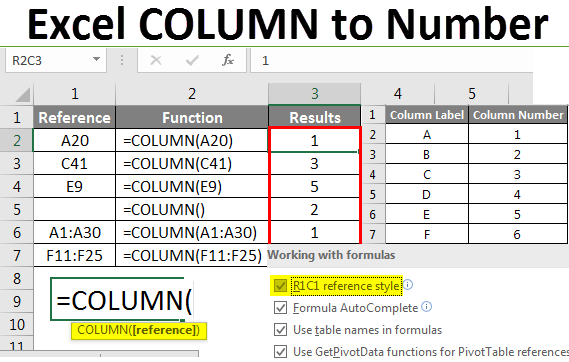



Excel Column To Number Learn How To Use Column Function In Excel
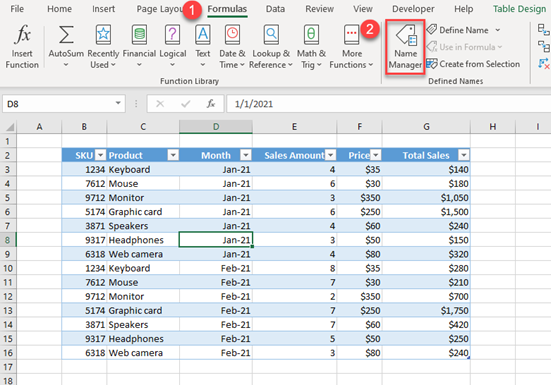



How To Rename A Table In Excel Google Sheets Automate Excel




Excel Formula Lookup With Variable Sheet Name Exceljet




How To Assign A Name To A Range Of Cells In Excel



How To Turn Off Structured References In Excel Table Formulas Excel Campus




Table Styles In Excel How To Create Change Table Styles In Excel
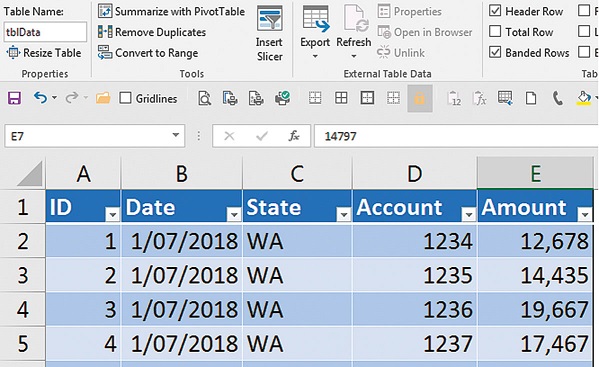



Understanding Excel S Misunderstood Format As Table Icon Intheblack




How To Create A Table In Excel
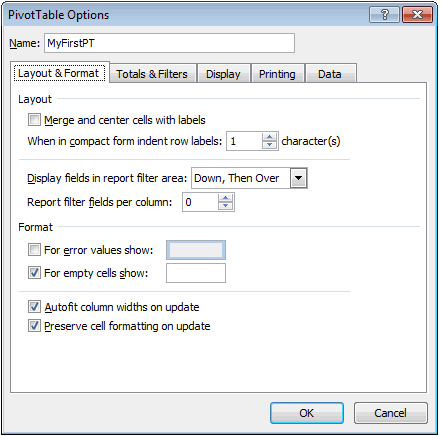



Ms Excel 10 How To Change The Name Of A Pivot Table




Return Sheet Name Into A Cell Excel Formula Youtube



How Do Excel Tables Remember Formulas Excel And Access
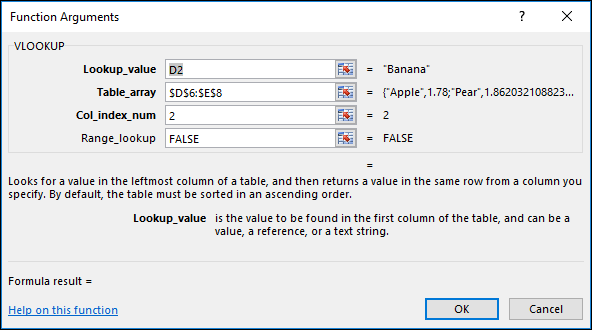



How To Correct A Name Error




Excel Formula Get Column Index In Excel Table Excelchat



How To



1



3




How To Rename A Table In Excel
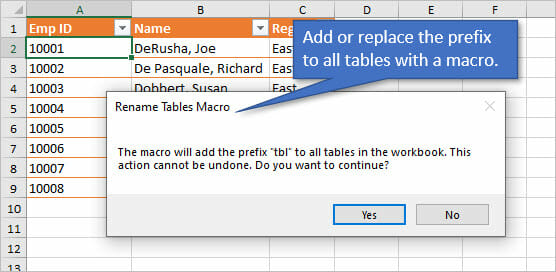



Best Practices For Naming Excel Tables Excel Campus
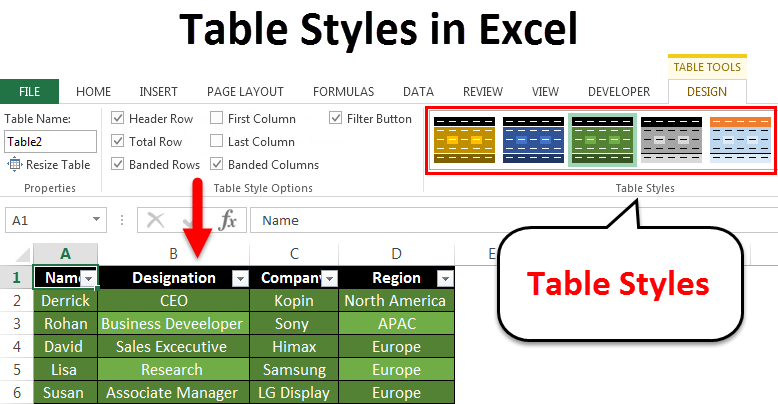



Table Styles In Excel Examples How To Apply Table Styles




How To Make Use Tables In Microsoft Excel Like A Pro




Excel Formula Get Column Name From Index In Table Exceljet




How To Show Excel Table Name On The Sheet Contextures Blog




Use The Name Manager In Excel




Excel Names And Named Ranges How To Define And Use In Formulas Ablebits Com




Structured References In Excel Tables




Dynamically Refer To Table Name In Excel Vlookup Formula Stack Overflow
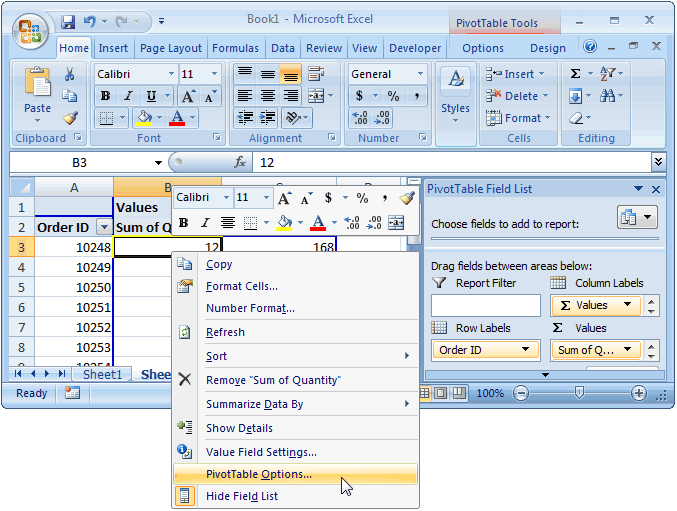



Ms Excel 10 How To Change The Name Of A Pivot Table
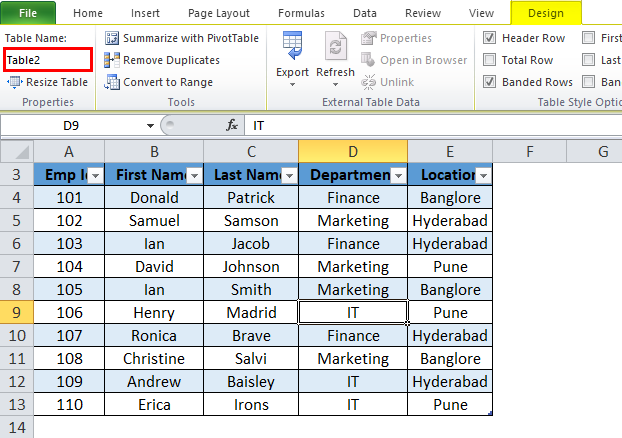



Tables In Excel Uses Examples How To Create Excel Table




How To Create And Use Excel Named Ranges




Excel Formula How To Do Dynamic Reference Of Table Name Excelchat




How To Name A Cell Or Range In Excel 10 Dummies




Naming And Renaming Excel Tables Youtube




12 Reasons Why You Should Use Excel Tables
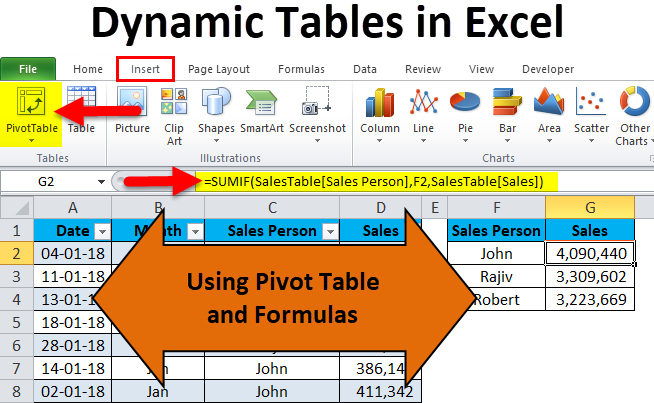



Dynamic Tables In Excel Using Pivot Table And Formulas




Using An Excel Table Within A Data Validation List Excel Off The Grid




How To Quickly Insert Sheet Names In Cells In Excel




Microsoft Excel Create An Automated List Of Worksheet Names Journal Of Accountancy
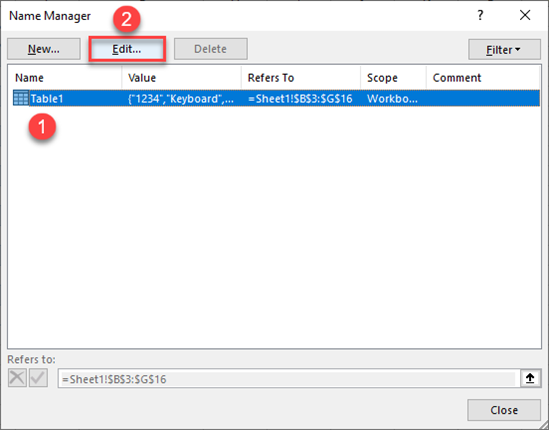



How To Rename A Table In Excel Google Sheets Automate Excel



Can T Replace Table Name In Formula Excel




Name Manager In Excel How To Create Use Manage Names In Excel




Tips For Excel Tables




Cannot Delete Created Excel Table Super User



Naming Table Columns Daily Dose Of Excel




Excel Tables Exceljet




How To Convert Range To Table Or Vice Versa In Excel




Excel Tables Exceljet




Excel Tables Absolute Cell Column References Excel Off The Grid




Excel Magic Trick 1107 Vlookup To Different Sheet Sheet Reference Defined Name Table Formula Youtube




Tables In Excel Step By Step Guide To Creating An Excel Table



Table Formula In Excel Something I Didn T Know Till Yesterday Excel Vba Databison




Change The Color Of The Table In Excel
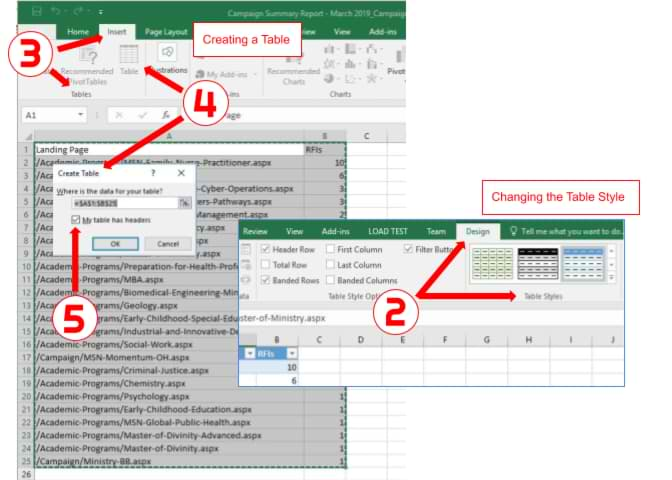



How To Convert Data In Excel Into A Table Cedarville University




How To Table Names In Excel Update November 21 Microsoft Excel Tips Excel Semi Pro
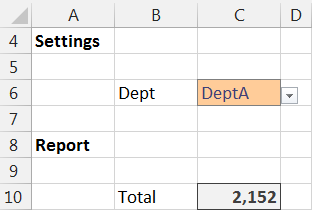



Referring To Tables Indirectly Excel University



How To Define And Edit A Named Range In Excel
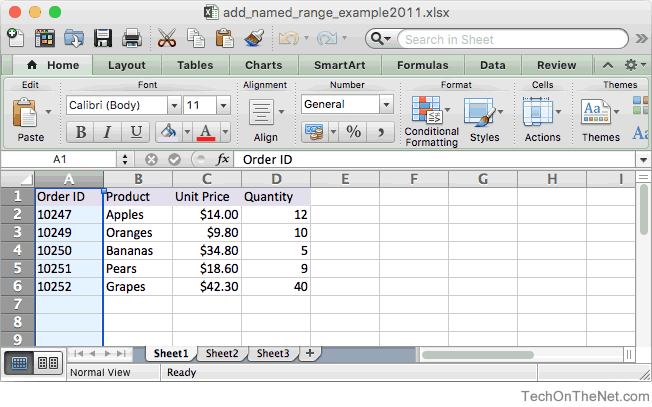



Ms Excel 11 For Mac Add A Named Range
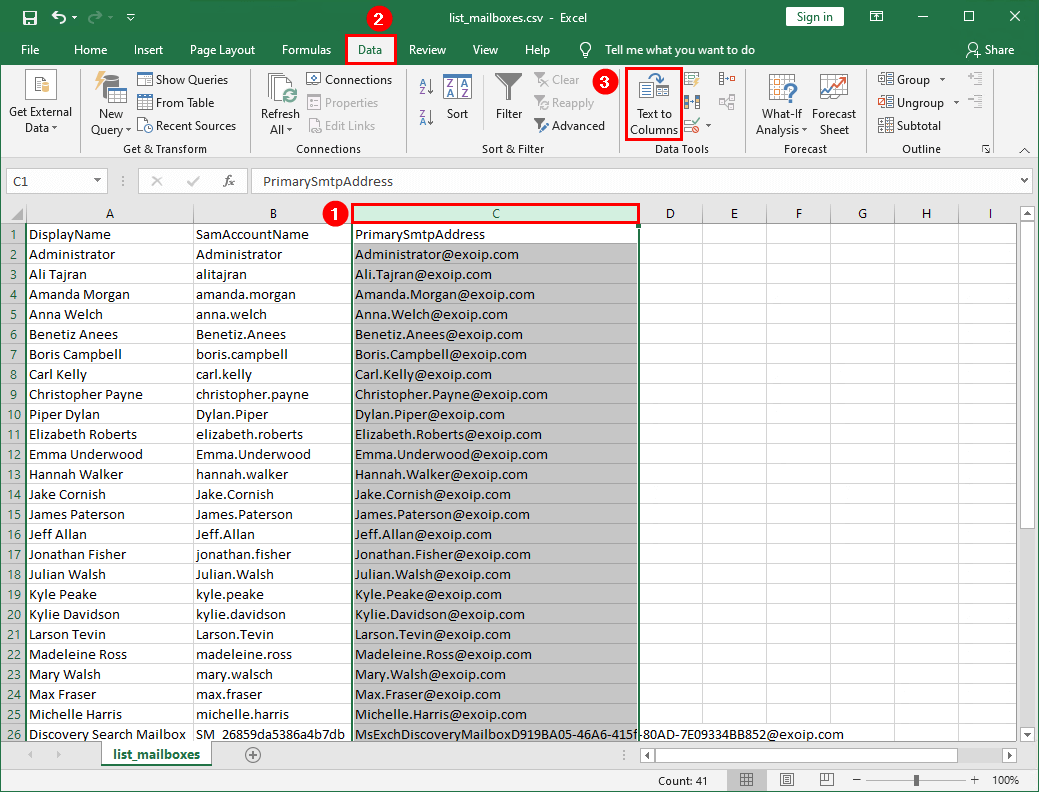



Add Email Address To List Of Names In Excel Ali Tajran



0 件のコメント:
コメントを投稿